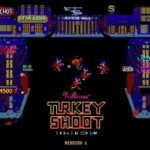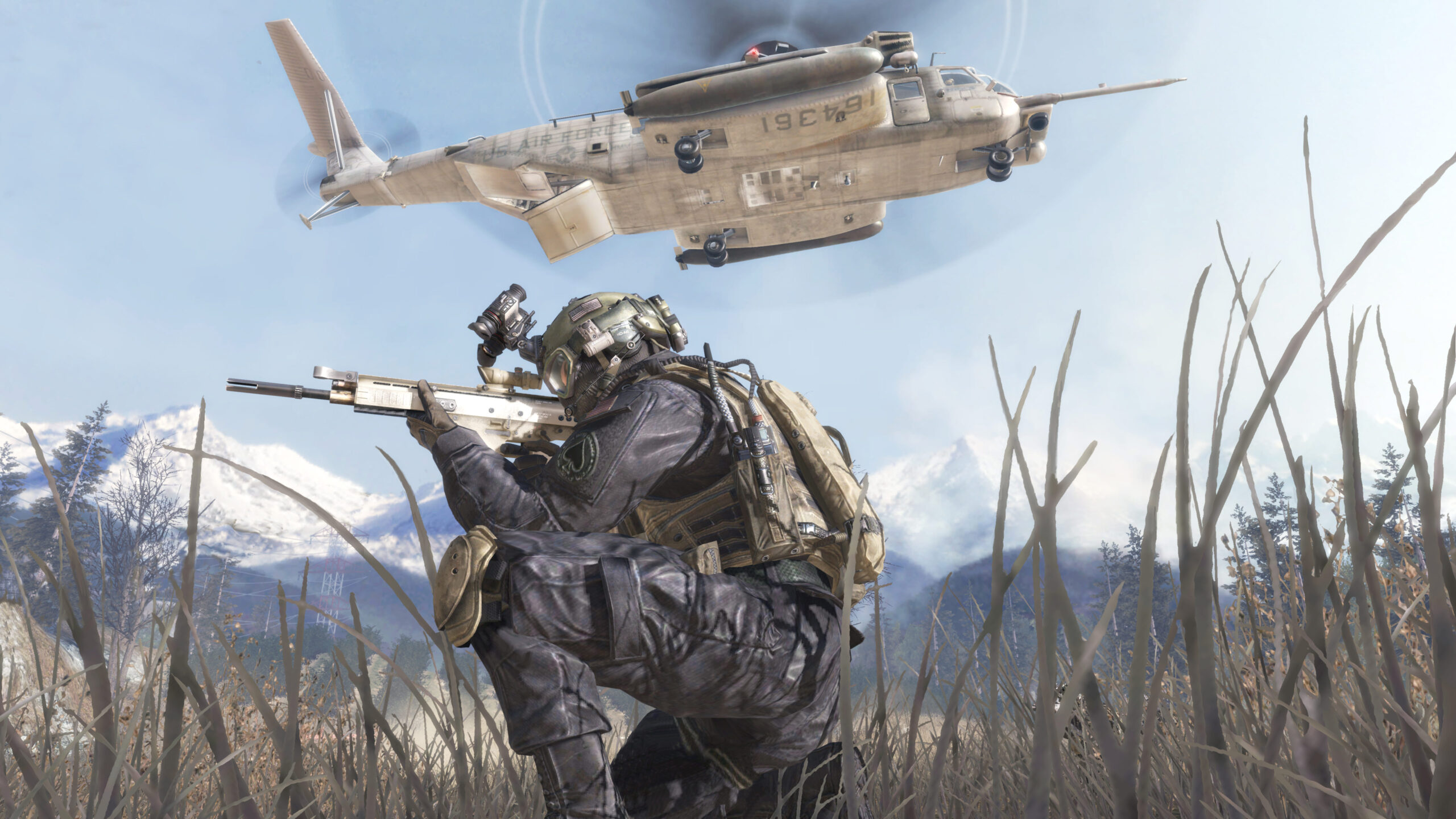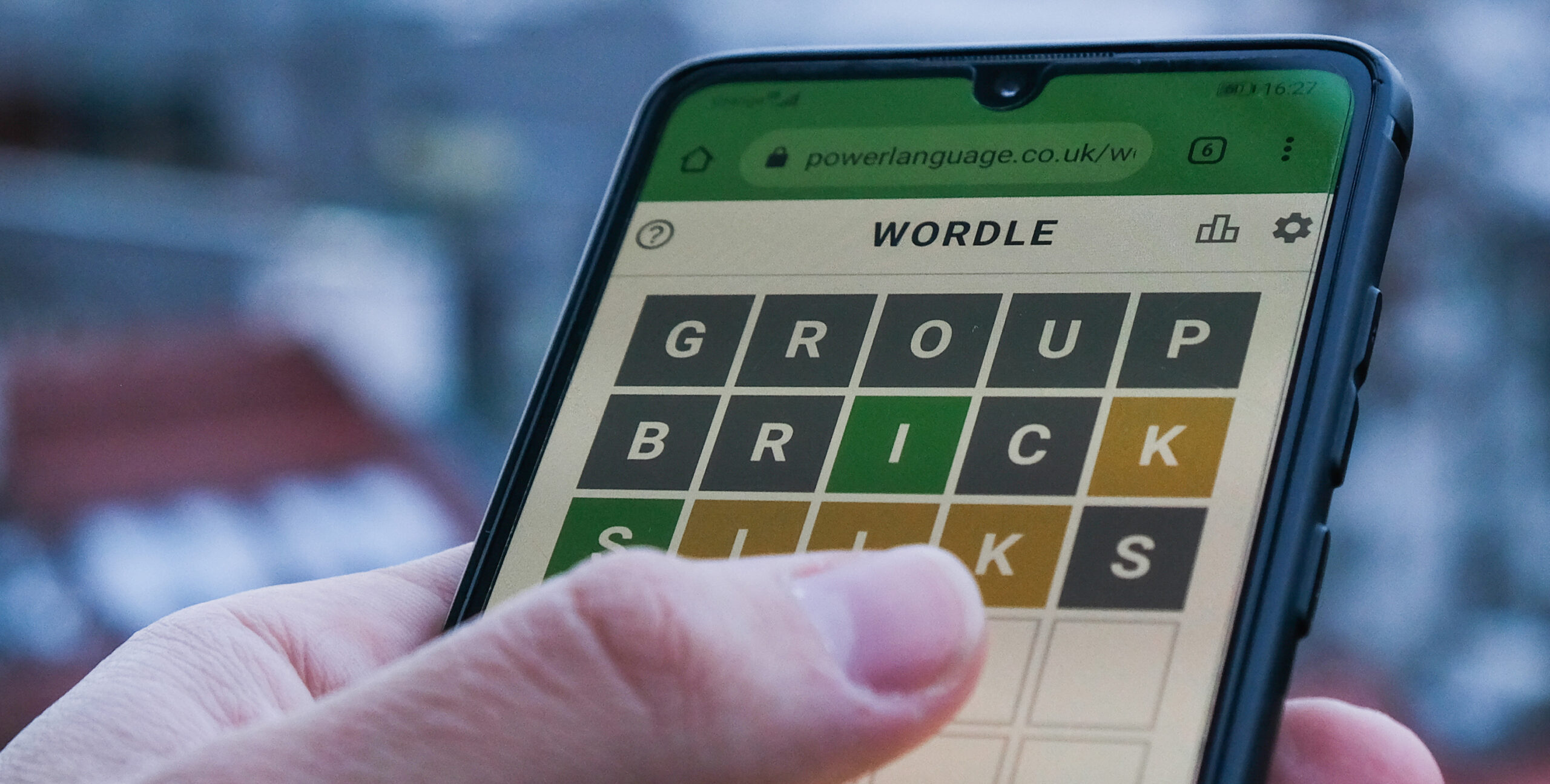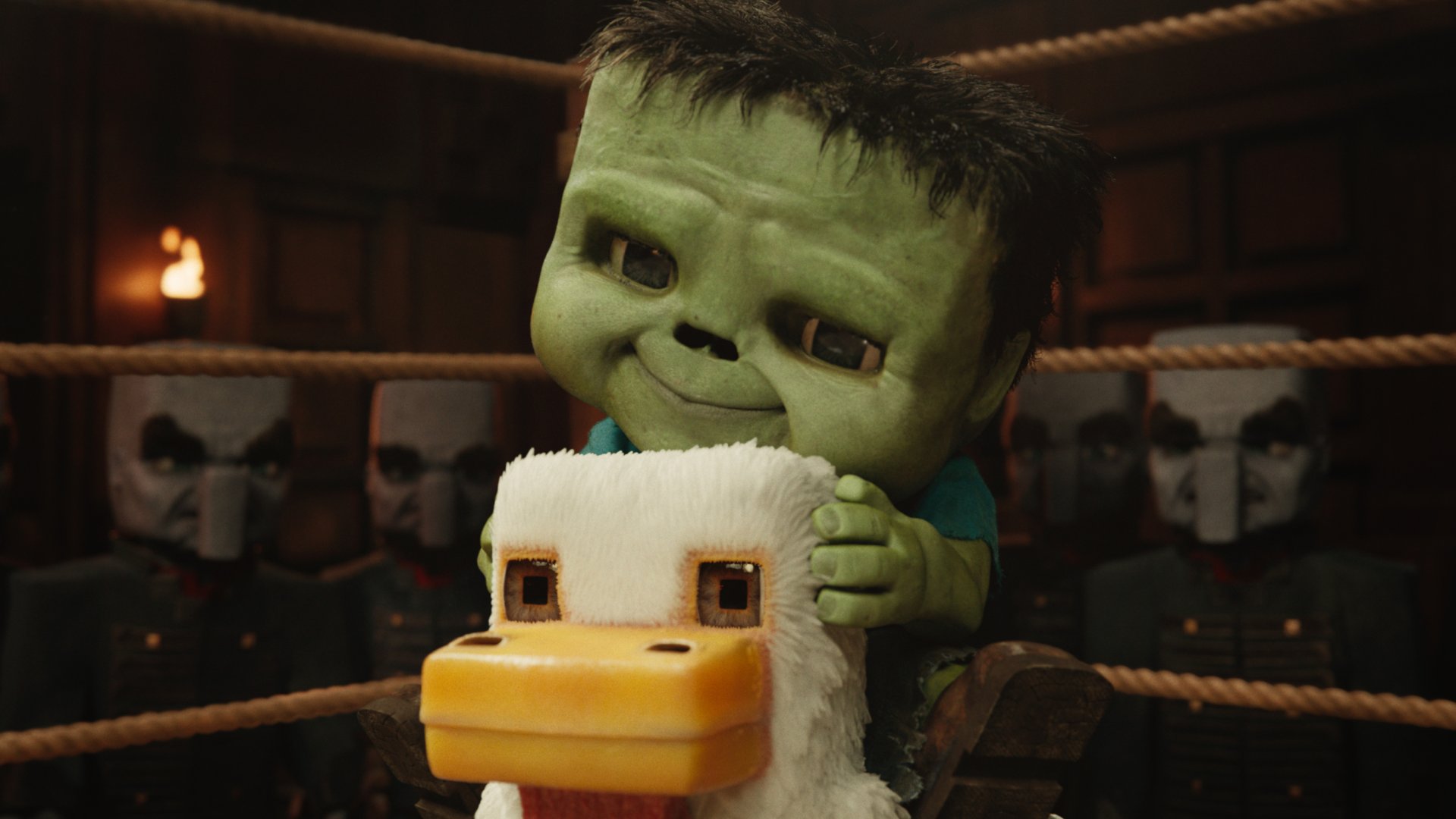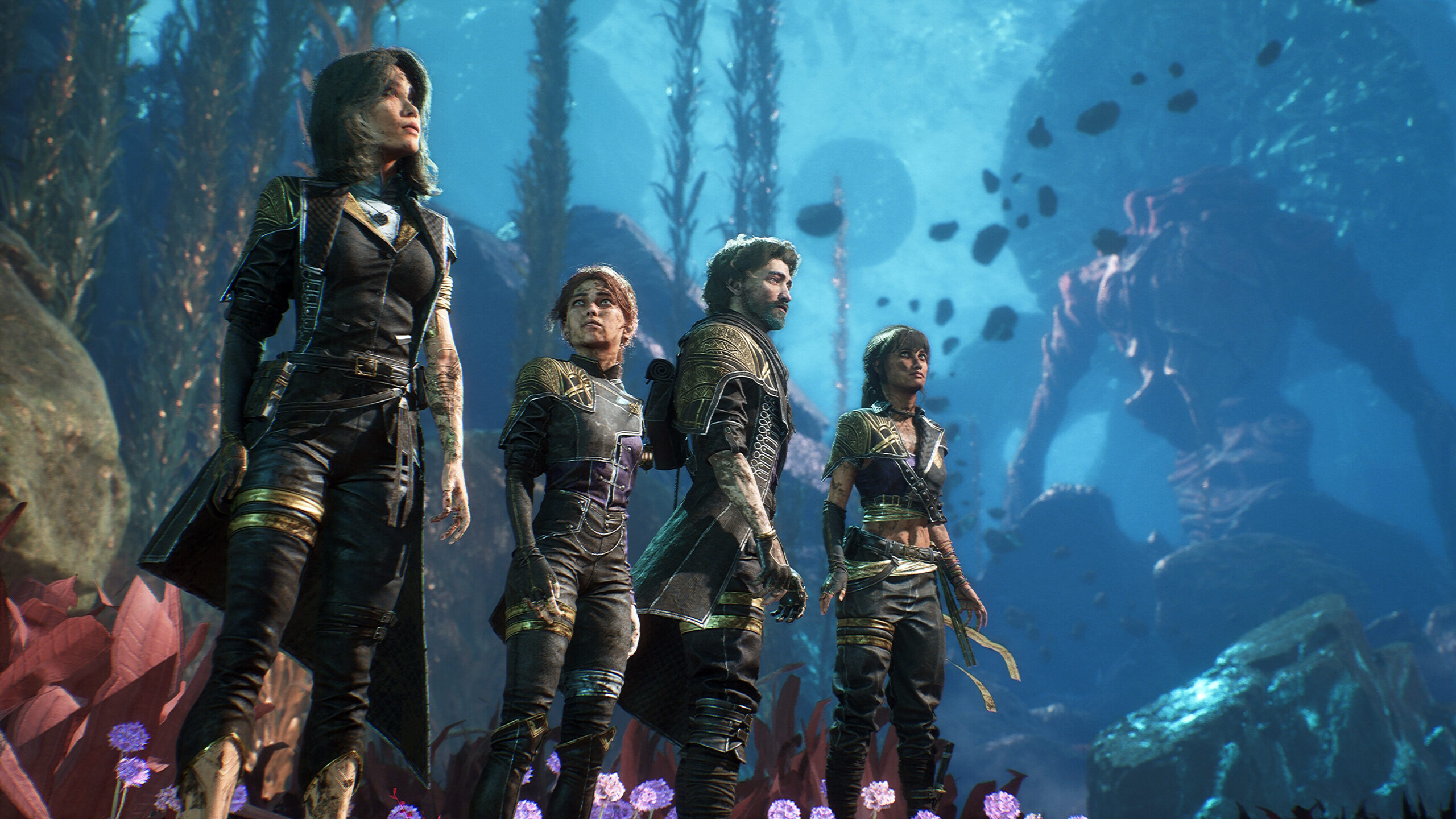October 28 marked 20 years of the Call of Duty series, as part of which some of the key designers have been talking about the greatest moments. The foundation for its overwhelming success, however, will always be original developer Infinity Ward, in particular the leap forward the studio made with the Modern Warfare series. It delivered an unforgettable and oft-controversial singleplayer campaign reflecting one view of contemporary geopolitics, alongside a best-in-class multiplayer experience that the wider series has followed ever since.
Call of Duty: Modern Warfare 2 contained what is still the most polarising level in any of the games. No Russian is an early campaign mission in which an attack is carried out at a fictional Russian airport (Zakhaev International), with civilians being shot by a terrorist group that includes the player character. It is a deeply disquieting experience to shoot unarmed civilians and, even though the latter half of the mission returns to typical COD form (with the FSB flooding in to return fire), that made No Russian a focal point for wider conversations about the genre, the nature of entertainment like COD, and even whether such things should be allowed in games.
The initial idea for No Russian came from Steve Fukuda, one of MW2’s design leads. “Steve’s original pitch was you’re with a bunch of guys and they’re all in Kevlar and they have M4s,” designer Mohammad Alavi tells IGN. “And he knows all he has to say is M4 and everybody realizes, ‘Okay, so we’re the Americans.'”
The M4 carbine is the standard-issue rifle for most units in the American military, and the central premise of the mission is a false flag attack executed by Russian terrorist Vladimir Makarov and his troops. Players assume the role of Joseph Allen, a CIA agent embedded within the group, and the mission’s title comes from a line Makarov utters before the attack begins: “Remember, no Russian.” It is Makarov’s intention that the group is seen as American, hence the importance of the weaponry and the language, and that the attack will provoke war between Russia and the USA.
Although the setting of the mission changed from its initial concept of a mall, the core of the idea was always to make the player complicit in an attack on civilians. “I often got questions,” says Alavi. “‘Did you mean to make something controversial?’ And I was like, ‘No. That actually wasn’t my intention. What I meant to make was something memorable.'”
The narrative importance was in putting the player up-close to Makarov, who is the main antagonist of the Modern Warfare trilogy, and making the character “memorable” enough in this brief sequence that players held on to that impression for the rest of the game and indeed the sequel. “I was like, ‘I’ve got to just hammer this point home,'” recalls Alavi. “So yeah, I was basically just trying to think of the most atrocious things that could happen.”
Initially, the team didn’t go far enough in communicating the horror. The mission opens with the terrorists exiting an elevator into the airport lobby, and opening fire, but in its initial creation was a relatively short sequence that quickly returned to COD-as-usual as police flooded in. The game’s director Jason West demanded that they re-think the length of the sequence where civilians are being killed, in order to make the player as uncomfortable as possible.
“[West] was like, ‘You think this is bad? It’s not enough,'” says Alavi. “He was like, ‘I want the whole airport to be like this.'” Alavi eventually came to agree that “this moment needs to breathe. Then I just started coming up with all these different things. People dragging other people to safety, the police trying to wade through the crowds of people. And it was just moment, after moment, after moment that I could think of to just sell this horrific thing.”
When Infinity Ward came to test the mission, they found that around 50% of players refused to shoot the civilians. Many would pretend to take part in the attack but fire at the ceiling and deliberately miss the civilians. The mission as-shipped allows players to do this: though it doesn’t let them kill Makarov or interfere with the attack.
Infinity Ward did have doubts following the playtests, with one veteran who flat-out refused to play leaving a big impression. “There were definitely some people at our company that [objected],” says Alavi. “I thought they were overreacting, but they were 100% right. I remember one person was like, ‘This is offensive. I don’t want to play this level.'” Such concerns eventually led to director West insisting that the level stay, but players be given a content warning and the option to skip the mission without penalty.
This led to accusations that the game was copping out or abandoning its principles, though Alavi ultimately feels giving players the option to skip No Russian and enjoy the rest of the campaign was the right call.
If the mark of success is creating an interactive moment that lives long in the memory, then No Russian hits it. I remember playing it at the time and feeling slightly confused by some of the reaction, mainly because much of Modern Warfare’s narrative power comes from hewing uncomfortably close to real-world events: and it seemed hypocritical to me then and now that people hail the presentation of the AC-130 gunship mission as visionary, a mission where you rain fire down on a village to protect an SAS unit, levelling countless houses in the process, but a fictional terrorist attack with similarities to some real-world tragedies is considered a bridge too far for entertainment.
As Alavi’s recollections make clear, however, everyone’s mileage differs with No Russian. Some see it as almost unforgivably crass, while some seem to misinterpret it as glorifying the fictional events depicted. Others consider it one of the greatest narrative moments COD has yet managed, with the dawning horror and its impact on the player very much the point. I distinctly remember the first time I played it, realising what was happening, and hesitating, unsure what to do, before deciding to shoot.
“I was like, ‘I want to get people to actually maybe not pull that trigger,'” says Alavi. “Maybe don’t pull that trigger, just hesitate for a moment. I don’t care if they pull the trigger later, but if I even get them to just stop for a second and be like, ‘What am I doing?’ I felt like I had accomplished something.”




